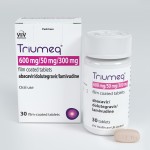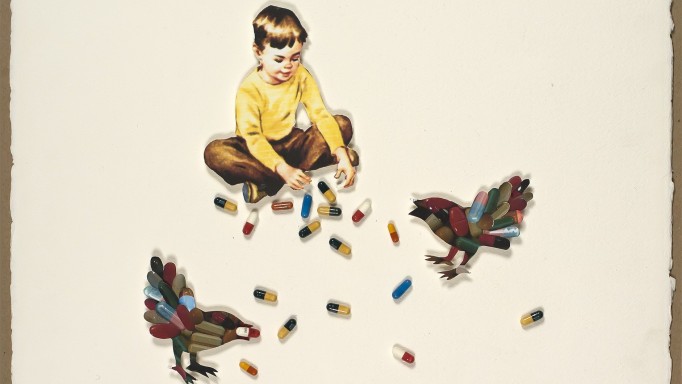Thrombocytopenia means a decreased number of platelets (thrombocytes). Platelets are necessary to help the blood to clot. Anytime a blood vessel is damaged and leaks blood, the odd-shaped and sticky platelets clump together to plug the leak and prevent ongoing blood loss. Without enough platelets, we would quickly bleed to death.
Thrombocytopenia can occur in people with HIV for many reasons. First, HIV can infect the bone marrow cells that create platelets, which means that HIV itself can cause this condition. Second, some drugs used to treat HIV and opportunistic infections can damage bone marrow, resulting in fewer platelets. Third, our own antibodies sometimes target healthy platelets and results in a condition called immune thrombocytopenic pupura, or ITP. (These antibodies are known as autoantibodies, as they are attacking the “self,” and signal the spleen to destroy and remove the platelets from the body.)
A normal platelet count is between 150,000–400,000 platelets per cubic milliliter of blood. In mild cases of thrombocytopenia, the count is between 100,000–150,000. In severe cases, the count can be close to zero. If the platelet count falls below 30,000, the risk of uncontrolled bleeding is high and could be life-threatening.
Platelets also carry serotonin and L-tryptophan, two substances involved in sleep/wake cycles, appetite, and mood regulation.
What are the symptoms and how is it diagnosed?
Many people with thrombocytopenia, especially mild disease, do not have symptoms. More advanced forms can cause a number of bleeding problems. These include excessive and recurrent nosebleeds, bruise-like patches (purpura), and excessive bleeding from wounds (hemorrhage).
A blood test to count platelets is the best way to check for thrombocytopenia. Most people with HIV have their platelets checked regularly, as part of their Complete Blood Count (CBC) Test, usually when viral load and CD4 counts are done. In turn, most people are diagnosed before thrombocytopenia can cause serious problems.
How is it treated?
The most effective treatment for thrombocytopenia in people with HIV is potent HIV meds. Because HIV regimens are effective in reducing the amount of virus in the blood, they can help prevent the virus from infecting bone marrow cells. HIV treatment can also help calm down the immune system, which may slow or stop the production of autoantibodies that cause the thrombocytopenia.
If HIV treatment is not effective, several other medications are possible. These include:
- Prednisone: Prednisone is a steroid similar to cortisone, a hormone that your adrenal gland produces. It is used to calm down a hyperactive immune system and increase platelets. However, long-term use can suppress the immune system, which can be problematic for people with HIV.
- Gamma Globulin (IVIg): IVIg is sometimes given alone or together with prednisone to increase platelets. It is given by IV line over 4–6 hours and sometimes for 1–3 days at a time.
- Rh0 [D] Immune Globulin (WinRho): Also known as anti-D, WinRho is approved for people with Rh0[D]-positive blood who have ITP. It contains antibodies specific to Rh0 antigen located on red blood cells. These anti-D antibodies raise platelet counts by attaching or binding to the Rh0 antigen on red blood cells. The antibody-coated red blood cells temporarily prevent the spleen from destroying your platelets. It is given by IV, once a month if needed.
- Splenectomy: Usually reserved as a last approach to treating ITP, this is a surgery to remove the spleen, which is responsible for removing the platelets attacked by autoantibodies.
Can it be prevented?
Thrombocytopenia can happen to anyone, although severe thrombocytopenia is considered to be rare among people with HIV. With the widespread use of HIV treatment, it is likely that people with HIV taking these treatments are at a lower risk of developing thrombocytopenia.
Because most people with HIV—whether or not they are on HIV meds—have their blood tested regularly, it’s possible to treat thrombocytopenia before it can cause bleeding disorders.
Are there any experimental treatments?
If you would like to find out if you are eligible for any clinical trials that include new therapies for the treatment or prevention of thrombocytopenia, visit ClinicalTrials.gov, a site run by the U.S. National Institutes of Health. The site has information about all HIV-related clinical studies in the United States. For more info, you can call their toll-free number at 1-800-HIV-0440 (1-800-448-0440) or email contactus@aidsinfo.nih.gov.
Last Reviewed: October 23, 2018














